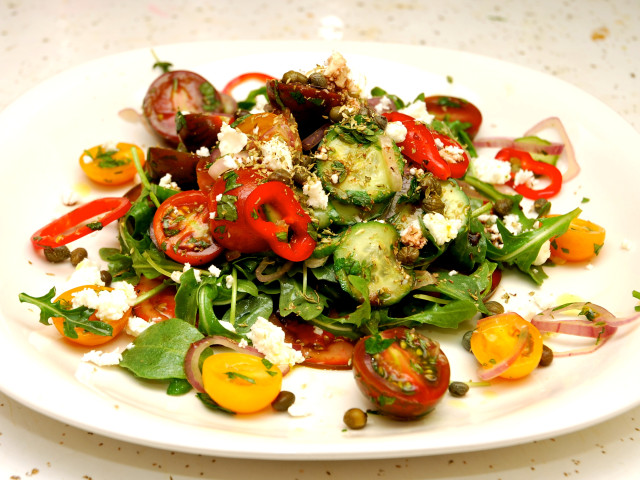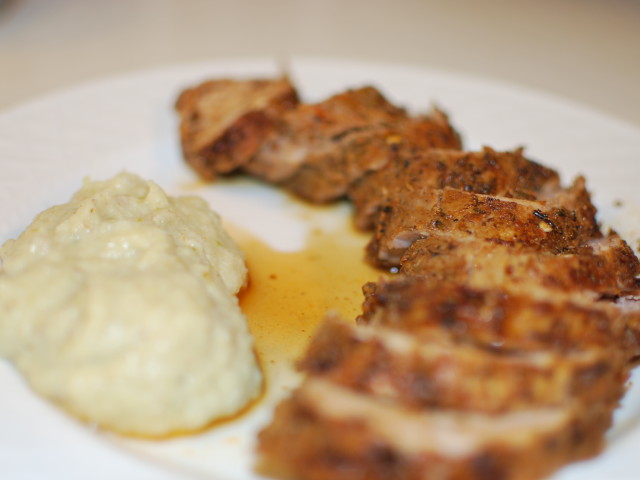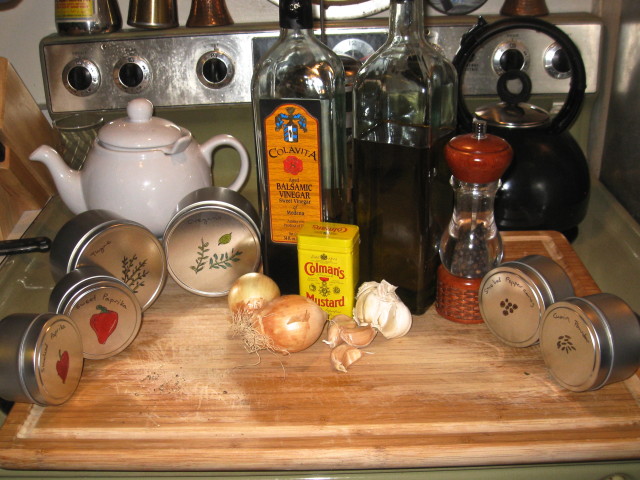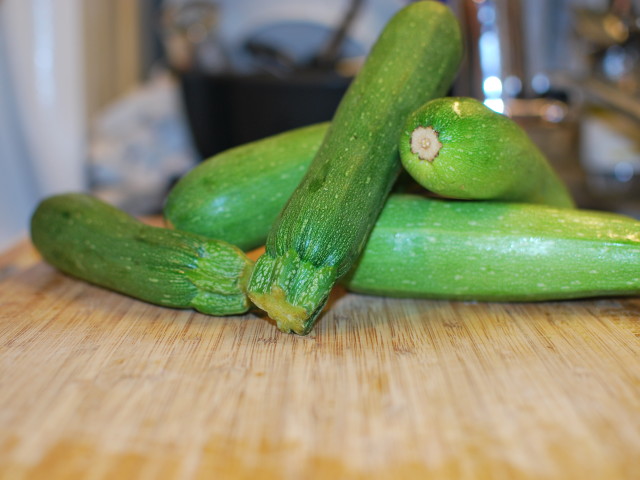
Greek salad is one the poster foods of greek cuisine. And for a good reason. It combines in a plate all the vegetables that mean summer in Greece; sweet juicy tomatoes, succulent snappy cucumbers, peppery sweet onions, crisp peppers and of course who can leave out the greek briny cheese, also known as feta. All of them held together with the power of olive oil, topped with oregano. A herb that is 100% greek. You find it in abundance in the hills and mountains of the greek country side. The greek salad is not only a delicious combination, but it is also visually appealing. As they say: you eat with your eyes first. And the crispness of the vegetables also engage your ears in the experience. It is therefore a full sense experience. The quintessential greek summer (and not only) dish.
Read More




